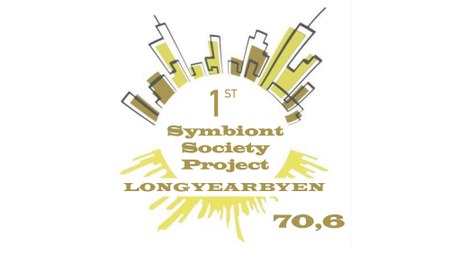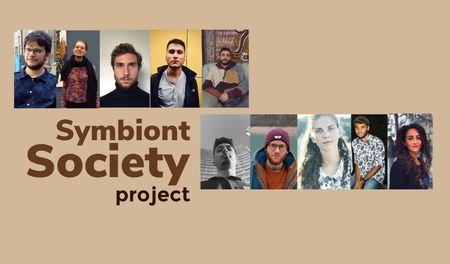

The Svalbard Islands represent the northernmost part of Norway and the northernmost inhabited land on the planet Earth. Life there is dominated by cold, harsh climate and the polar sun cycle, which makes conventional agriculture impossible. Thus, the inhabitants of Svalbard depend mainly on food imports by ship and planes to satisfy their nutrition and their relative vitamin needs.
In this context, the feasibility of vegetable production cannot be seen only from an economic point of view. The structural units that constitute the project are: greenhouse with Hydroponic System, container and warehouse; Bar-Restaurant, the offices and the chemical laboratory in a single building; the cogeneration plant and the Benjamin's dome. The project is based on concepts of bioeconomy and sociology and the search for innovative and sustainable technologies.
The production model is inspired by the concept of circular economy and provides for the formation of a cooperative which will include mainly members and local workers, providing a supply service for the companies of Longyearbyen. The 'Symbiont Society Project' wants to contribute to food safety and quality as a primary human need, without burdening the environment. By helping the world's northernmost citizens, it is therefore possible to help everyone.